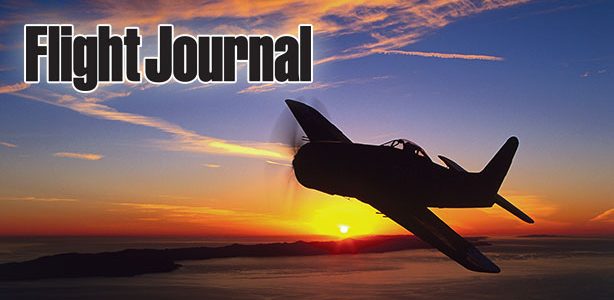Geneva (CH) March 21, 2010: Swiss aviator Riccardo Mortara and his crew have set the record for the fastest flight around the world in a 9,000-12,000kg aircraft. They had to add a 12th leg to their trip, after plans to land in Keflavik, Iceland, were aborted due to a volcanic eruption.
Their plane, a 1980 Sabreliner 65 jet, took of from Geneva at 06:12 am UTC on Friday morning, flew east, and returned Sunday at 4:06 pm UTC, completing the 36,770 km minimum distance in 57 hours 54 minutes. The average speed around the world was 647km/h.
This is the first time a record has been set in this weight class with refueling stops, and beats pioneering pilot Steve Fossettís time of 67 hours and one minute, which was achieved without stops in the state-of-the-art VirginFlyer in 2006.
A secondary target was to beat golfer Arnold Palmerís 1978 record of 57 hours 26 minutes, which he set in a Learjet 36 ñ a plane in a lighter weight category than Mortaraís elderly Sabreliner.
Mortara (62) led the three man crew ñ comprising himself, co-captain Gabriel Mortara (28), and co-pilot Flavien Guderzo (26) ñ from Geneva to Bahrain, then Colombo, Macau, Osaka, Petropavlovsk, Anchorage, Las Vegas and Montreal, before having to urgently change plans. Their next intended destination had been Keflavik, but the volcanic eruption resulted in all of Icelandís airports being shut down. Halfway there, Mortara was forced to return to Canada, refueling in Goose Bay, Labrador, before re-calculating the Sabrelinerís route.
The eruption was the areaís first in 176 years, and could not be predicted. It added a huge element of suspense to the final day of the mission, and effectively cost it four hours.
With the aborted leg not counting towards the Federation Aeronautique Internationale (FAI) minimum distance, the previous Keflavik-Casablanca-Geneva plan was ditched in favour of Shannon, then Marrakech, and finally home to Geneva. The total distance traveled was 36,900km.
A key part of the 12-leg journey were the ëpitstopsí. Each time the crew landed, they urgently refueled and took off again. Planned stops ranged between 28 minutes in Colombo, and 55 minutes in Petropavlovsk. The unplanned stop in Goose Bay took 64 minutes.
Riccardo Mortara (mission commander): ìTo complete this circumnavigation and establish a new record is a tremendous honour and the proudest moment of my career. Steve Fossettís time in this category of plane was a challenge to beat, but I was confident we could do so.
ìIn fact, we set our target a little higher, and aimed to beat Arnold Palmerís record in a lighter weight class. We came so close to achieving this, and would have done so by four hours were it not for the volcano in Iceland.
ìEverything was going to plan until Keflavik. In the 35 years I have been flying across the Atlantic I have never heard of this airport closing. We did calculations on weather and risks like this for the last 40 years, and the risk of a volcanic eruption that would disrupt our trip was not something we were expecting.
ìWe learned of this halfway to Keflavik from our previous refueling stop in Montreal. We had two options: Return to Canada, or divert to Shannon. The later would have been risky, fuel-wise, and I was not prepared to take that risk with my crew and passengers with nothing below us but ocean.
ìAnother bad scenario would have been landing in Keflavik and not being allowed to take-off again. So I took the decision to land in Goose Bay. From there, we had to make completely new calculations, as our aborted ninth leg would not count towards the world recordís minimum distance. We flew to Shannon, then Marrakesh, and home to Geneva, all the while pushing to set the best possible time.
ìThe volcano was not in the script, and this just made the mission more thrilling.
ìI am proud of what we have achieved and would like to take this opportunity to thank Gabriel, my son, and Flavien who have made this record possible.
ìI would also like to thank my plane and all at Sabreliner Corporation. The aircraft is known as ëthe legendí for a reason. She is a very special plane, and a great team mate. Very few aircraft can fly for 58 hours straight without experiencing any mechanical troubles. After this mission, she returns to her regular job as a luxury air taxi for my company, Sonnig SA.î
More information about at the mission can be found at www.360world record.com, along with a blog from the trip detailing every leg and the crewís experiences.

















